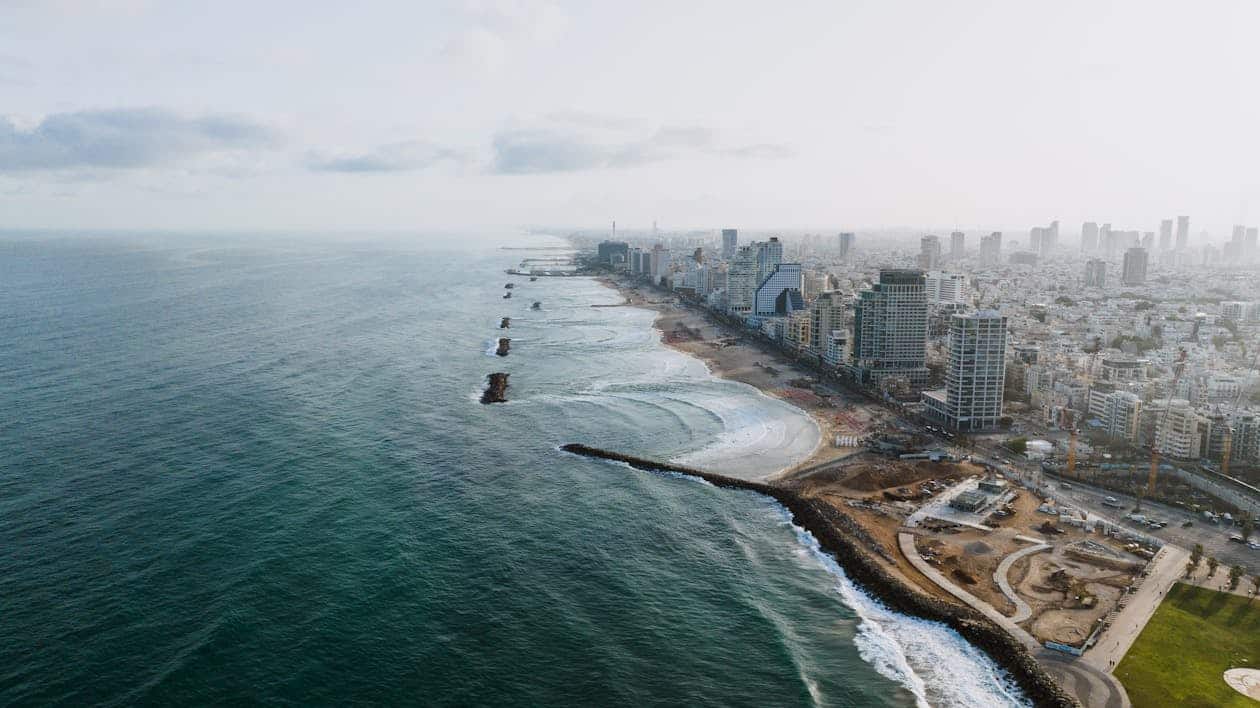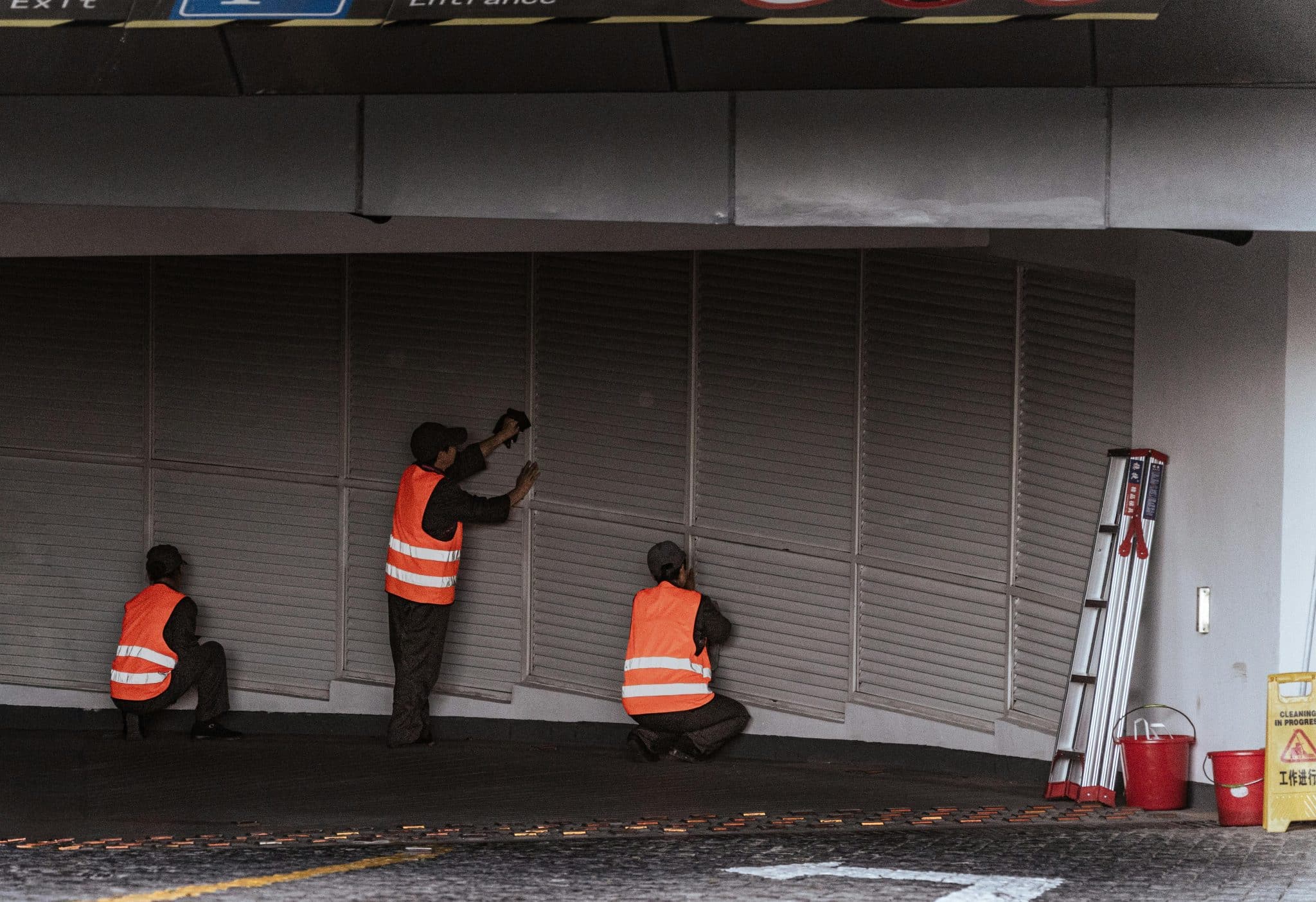Travel is more than sightseeing; it’s about feeling the essence of a destination. Too often, trips focus on highlights while skipping the soul of a place. What happens when you slow down and dive into a city’s cultural roots?
Some cities hold deep stories in their food, art, and architecture. These aren’t always the places you see trending online or topping tourist lists. There’s a difference between snapping photos and truly connecting with a city’s energy. Culture-rich travel is about moments that stay with you long after the trip ends.
Travelers crave more than just pretty views and checklists. This article will explore five cities where culture and history shape every experience.
Kyoto Is Where Tradition Lives On
Kyoto offers a timeless escape into Japan’s spiritual and cultural history. The city features over a thousand temples filled with quiet beauty and tradition. Gion’s streets let travelers glimpse geisha culture still alive today.
Travel and Leisure Asia notes that Fushimi Inari Shrine draws visitors with its rows of brilliant red gates. Traditional arts like calligraphy and ikebana are practiced throughout the city. Tea houses serve as peaceful spots to pause and reflect.
Kaiseki cuisine tells the story of seasons through elegant, local ingredients. Kyoto’s calmness contrasts with the energy of nearby Osaka. Travelers can truly feel Japan’s heritage flowing through every part of Kyoto.
Tel Aviv Celebrates Art Through Every Street
The Architect’s Newspaper mentions that Tel Aviv surprises visitors with its cultural depth and artistic expression. The city’s Bauhaus buildings are a reminder of its architectural significance. Tel Aviv’s abundance of Bauhaus-style buildings has led to its nickname “The White City” and its recognition as a UNESCO World Heritage Site.
Street art in Florentin bursts with color and powerful social commentary. Markets like Carmel blend traditional and modern city life seamlessly. When it’s time to rest, you’ll find that the best hotels in Tel Aviv combine modern comfort with easy access to cultural highlights.
According to Isrotel, hotels in Tel Aviv are designed to match the city’s creative energy, blending luxury with local flair. Boutique accommodations near Rothschild Boulevard often feature artistic interiors and rooftop views. Beachfront resorts offer sleek design, serene pools, and quick access to the Mediterranean.
Meanwhile, the cultural scene in Tel Aviv continues to flourish, with the Tel Aviv Museum of Art showcasing both Israeli and global talent. Dance, music, and theater thrive across various neighborhoods and open spaces. Food, design, and nightlife reflect creativity in every corner of the city.
Oaxaca is a Festival for the Senses
The Nomad Almanac states that Oaxaca welcomes travelers with deep traditions and bold expressions of culture. The city’s Guelaguetza festival features traditional dress, dance, and community celebrations. Ancient ruins like Monte Albán overlook the valley with silent grandeur.
Artisan markets display handmade textiles, pottery, and colorful crafts with pride. Local dishes like mole and tlayudas bring history alive on every plate. Mezcal distilleries offer tastings while sharing stories passed through generations.
Colonial streets feel alive with music, conversation, and artistic presence. Indigenous heritage shapes the atmosphere and spirit of daily life here. Oaxaca invites travelers to connect through color, taste, history, and genuine human warmth.
Lisbon Offers Layers of Timeless Charm
The Endless Travellers highlights that Lisbon’s charm lies in its blend of history, beauty, and creativity. Yellow trams clatter along steep hills lined with tile-covered homes and shops. Alfama’s music venues carry the soulful melodies of traditional Fado.
Roman ruins and Moorish influences live side by side in the city. Monasteries and towers recall Portugal’s age of discovery and global exploration. The food scene mixes heritage recipes with new culinary innovation and flair.
Street art adds bursts of color to once-forgotten walls and alleys. Museum visits reveal the city’s role in European and maritime history. Lisbon offers travelers a beautifully layered, ever-evolving cultural experience.
Fez is a Living History Book
Fez surrounds you with centuries of tradition and layers of Islamic history. The old medina’s narrow paths wind through markets full of life and craft. Artisans work with wood, leather, and metal using ancient techniques daily.
The tanneries show traditions that have survived unchanged for hundreds of years. Mosques and madrasas are peaceful spaces with stunning tile and carved detail. The University of Al Quaraouiyine has educated minds since the ninth century.
Every corner offers something sensory, from aromas to colors and sounds. Local guides share stories of rulers, scholars, and tradesmen from long ago. Fez invites travelers into an unforgettable walk through time.
FAQs
How does Kyoto influence modern Japanese design?
Kyoto inspires designers through its refined aesthetic, rooted in wabi-sabi and traditional craftsmanship. Modern Japanese design often reflects Kyoto’s emphasis on asymmetry, natural materials, and negative space. This influence shapes architecture, fashion, and branding with timeless elegance and thoughtful restraint.
What is Tel Aviv’s role in LGBTQ+ culture?
Tel Aviv plays a major role as a safe, vibrant hub for LGBTQ+ expression in the Middle East. Its inclusive events, thriving nightlife, and visible pride celebrations foster acceptance. The city attracts global visitors seeking both openness and energetic, supportive community spaces.
What makes Oaxacan street food culturally important?
Oaxacan street food preserves ancestral recipes passed down through generations via oral tradition. Ingredients are hyperlocal, with deep roots in regional identity and indigenous practices. Sharing meals at food stalls connects people to cultural storytelling, community ties, and authentic daily rituals.
Kyoto, Tel Aviv, Oaxaca, Lisbon, and Fez offer more than just postcard-perfect views. These cities invite travelers to connect with culture through everyday life, not only sightseeing. Local traditions shape everything from food to art, giving each place its unique character.
Exploring slowly lets visitors appreciate the stories behind ancient walls and bustling marketplaces. Whether it’s sharing meals, attending festivals, or watching artisans at work, every moment reveals something timeless. These encounters stir curiosity, reflection, and a lasting connection while adding a richer meaning to your trip.








